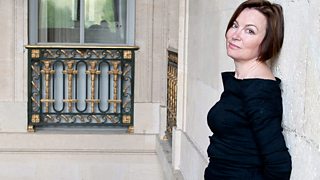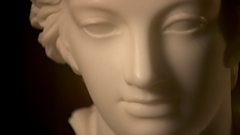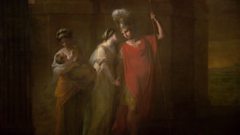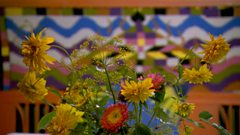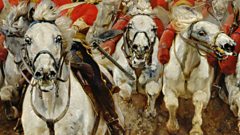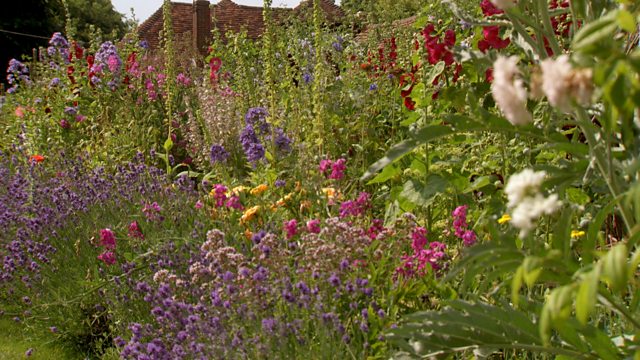
Gertrude Jekyll and garden design
Historian Amanda Vickery explains how Gertrude Jekyll became a successful artist by using garden design as her way of creating art. We learn she was influenced by Impressionists.
Until the 1870s the only way women could become artists was by training as men had done. In the 1870s a style of art known as ‘impressionism’ made it easier for people without formal training to paint. Amanda Vickery explains how Gertrude Jekyll (1843-1932) used an impressionistic style to design gardens and became successful at it and famous for it. We hear of her accomplishments and the number of gardens she designed and articles she wrote. Ancient Rome (Turner) and Jekyll’s copy are shown as Amanda Vickery explains Jekyll started as a painter, but suffered from short-sightedness so had to find another form of art.
We see different art forms such as embroidery and embossing as we are told about the Arts and Crafts movement which was a type of art popular at the time of the Industrial Revolution. Because the Industrial Revolution meant lots of things were made in factories by machine, people wanted to make sure they had attractive objects around them that were made by hand and were original. Jekyll became a garden designer at a time when people wanted to see more craft and art in everyday settings. Amanda Vickery explains that Jekyll designed gardens differently to how they had been done traditionally as she made them to look like paintings instead of making them very formal looking. We are told Jekyll encouraged people to experiment with different colours in their gardens and helped some people think of gardens as works of art.
Duration:
This clip is from
More clips from The Britain that Women Made
-
![]()
Anne Seymour Damer and sculpture
Duration: 05:32
-
![]()
Angelica Kauffmann and the Royal Academy
Duration: 05:32
-
![]()
Karin Larsson and interior design
Duration: 06:24
-
![]()
Elizabeth Thompson, Lady Butler and war art
Duration: 05:59
